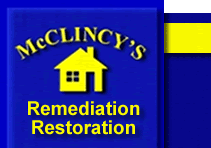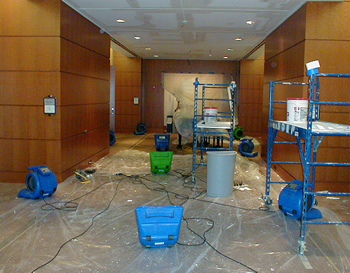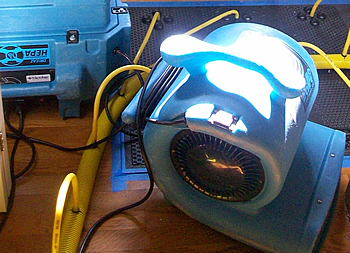Know the Kind of Water Damage You're Dealing With
Water leaking and flooding – getting to places it shouldn't be – accounts for a large percentage of property loss and insurance claims. But the amount and the type of damage it can cause varies significantly, depending on what is in the water other than H2O.
Damage-causing water is described in three categories, in ascending order in terms of the kind of problems it can cause.
Category 1: "Clean Water"
This water initially contains few if any contaminates, and dealing with the damage it causes is often a matter of simply removing the moisture as quickly as possible and using the proper equipment to thoroughly dry the items and areas that have been affected.
Typical sources of clean water would be broken pipes, overflows from sinks or bathtubs, or roof leaks, and it is typically not a threat to your health.
Category 2: "Grey Water"
It contains some contamination and can cause illness if you are exposed to enough of it or consume it. It is dirtier than clean water, and the source of it is usually a broken or leaking appliance, such as a dishwasher or washing machine. These appliances produce wastewater that is intended to flow into the sewer or septic system. When it finds its way inside your home, it’s more problematic than clean water. When dealing with grey water, not only must the water be removed, the area and items affected must be professionally cleaned to remove the bacteria the water contains.
Category 3: "Black Water"
It is the most dangerous type of damage, and is toxic. Black water contains human or animal wastes, and can cause serious illness. Sources of black water would be toilet overflows, sewage line breaks, or flood water from rivers, streams, or the ocean. Black water must be removed by professionals and disposed of following local health regulations. Any material that is saturated with black water should be discarded.
It is also important to note that water categories can change for the worse, if the water is not immediately controlled and removed. For instance, clean water can degrade into grey water and grey water can degrade into black water.
Get Professional Restoration, Remediation, Repair
Even with clean water, it is important to seek professional help to deal with the damage. That’s because water easily finds its way into places you can't see. Professionals are specially equipped and trained to determine the source of the damage, and exactly how far the water damage has spread, so that it can be addressed, then remediated, so the second phase – restoration – can begin.
- Back to articles list.
- Contact us now to begin the remediation and restoration process.
- Discover why you should work with the professionals at McClincy's.





